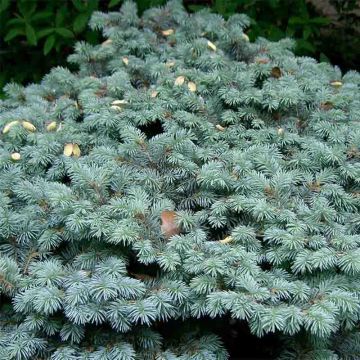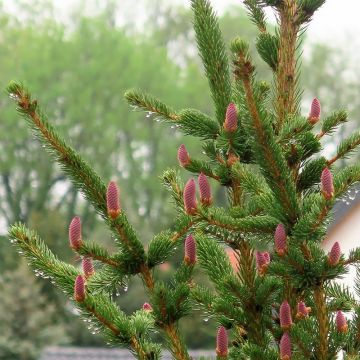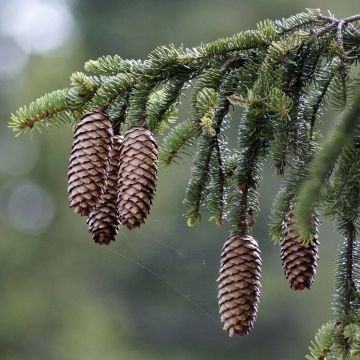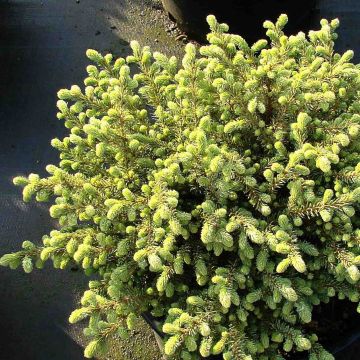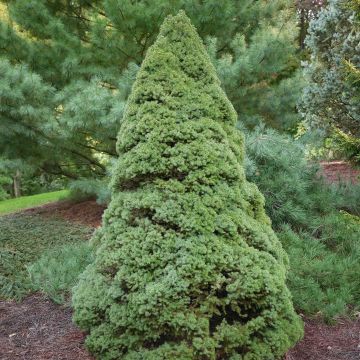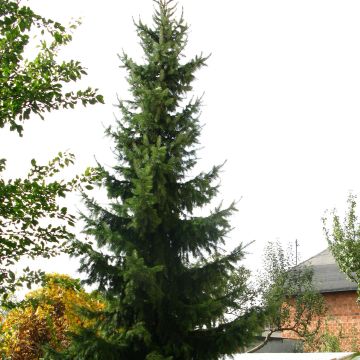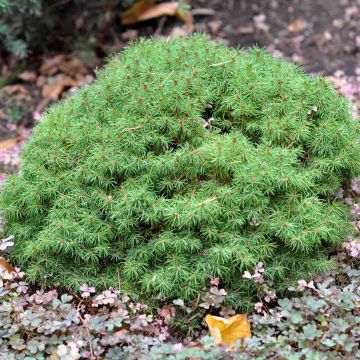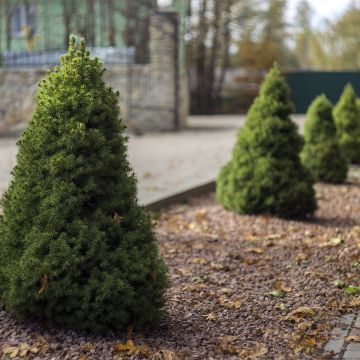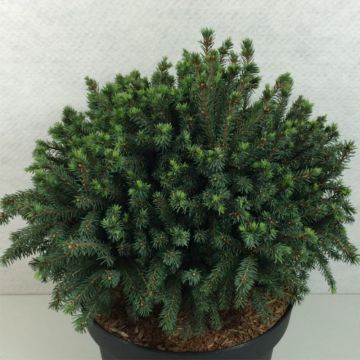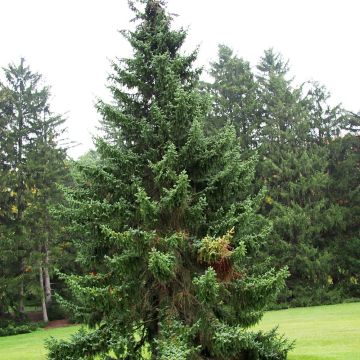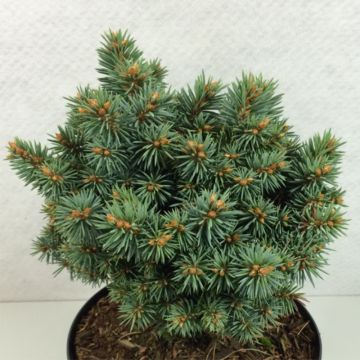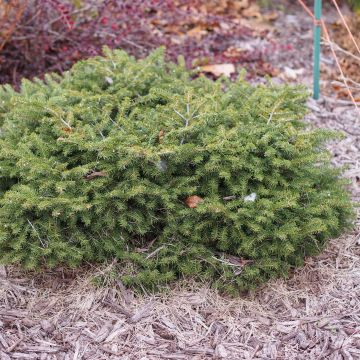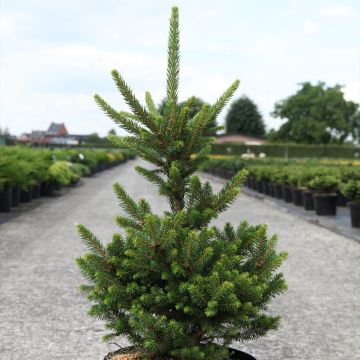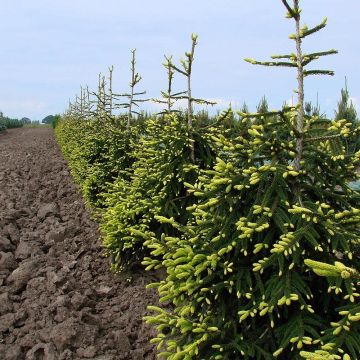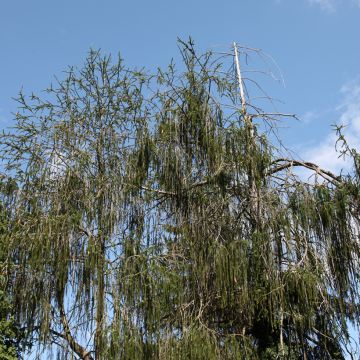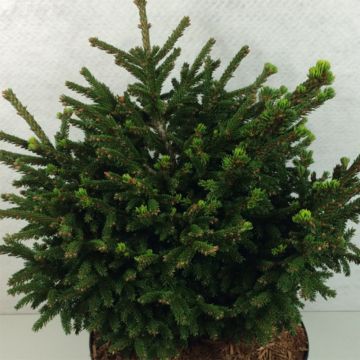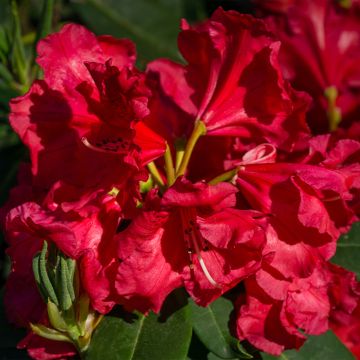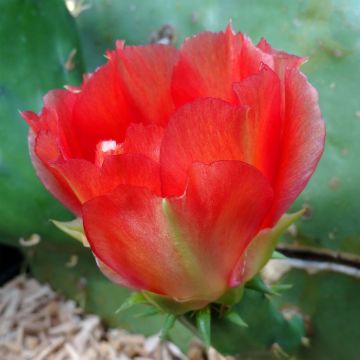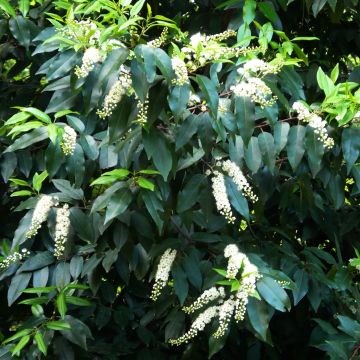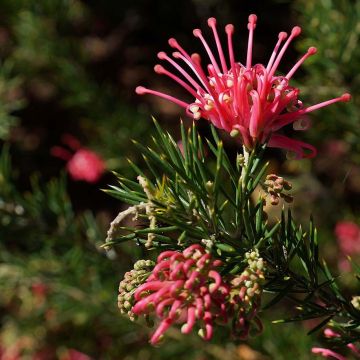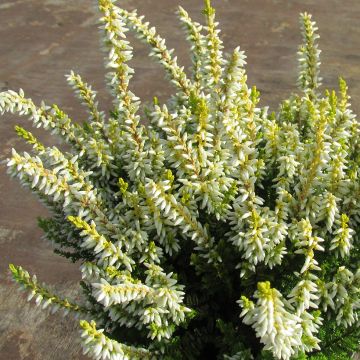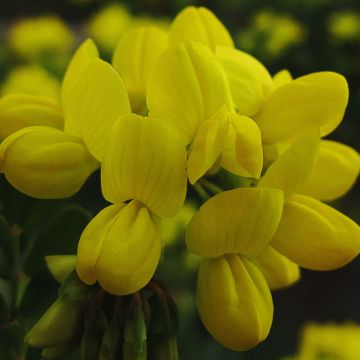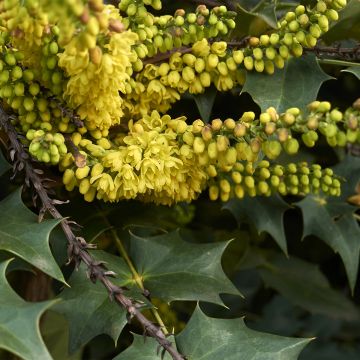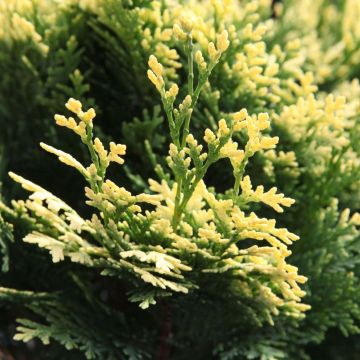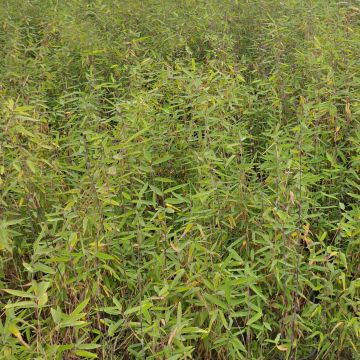Shipping country and language
Your country of residence may be:
Your country of residence is:
For a better user experience on our website, you can select:
Your shipping country:
-
Andorra
-
Austria
-
Belgium
-
Bulgaria
-
Canada
-
Chile
-
Croatia
-
Cyprus
-
Czechia
-
Denmark
-
Estonia
-
Finland
-
France
-
Germany
-
Greece
-
Hungary
-
Iceland
-
Ireland
-
Italy
-
Latvia
-
Lithuania
-
Luxembourg
-
Malta
-
Monaco
-
Netherlands
-
Poland
-
Portugal
-
Romania
-
Slovakia
-
Slovenia
-
Spain
-
Sweden
-
Switzerland
-
United Kingdom
We only deliver seed and bulb products to your country. If you add other products to your basket, they cannot be shipped.
Language:
-
French
-
German
-
Spanish
-
English
-
Italian
My Account
Hello
My wish lists
Log in / Register
Existing customer?
New customer?
Create an account to track your orders, access our customer service and, if you wish, make the most of our upcoming offers.
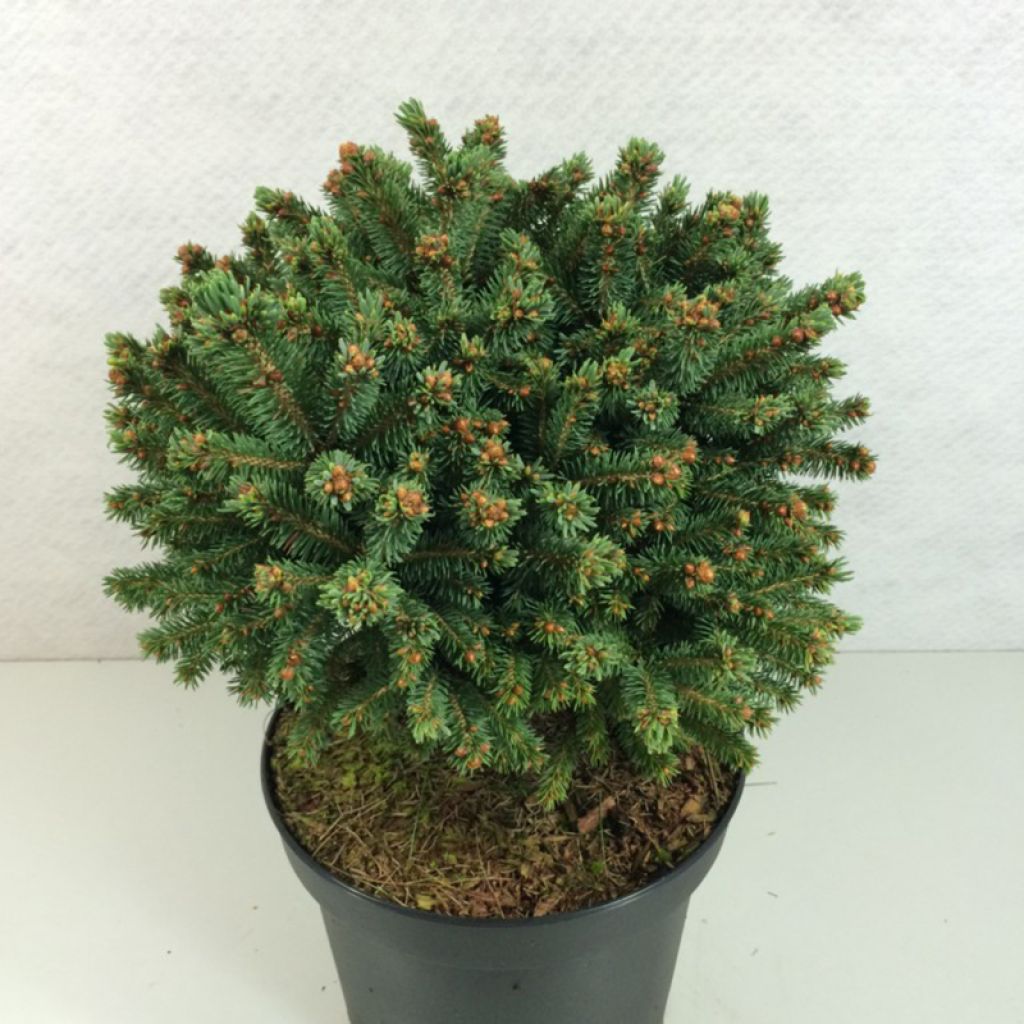

Picea rubens Grandfather Mountain - Epinette rouge
Picea rubens Grandfather Mountain - Red Spruce
Picea rubens Grandfather Mountain
Red Spruce
Although a bit sparse at the base
Bernard D., 01/07/2017
Why not try an alternative variety in stock?
View all →Order in the next for dispatch today!
Dispatch by letter from €3.90.
Delivery charge from €5.90 Oversize package delivery charge from €6.90.
More information
This item is not available in your country.
Schedule delivery date,
and select date in basket
This plant carries a 24 months recovery warranty
More information
We guarantee the quality of our plants for a full growing cycle, and will replace at our expense any plant that fails to recover under normal climatic and planting conditions.
From €5.90 for pickup delivery and €6.90 for home delivery
Express home delivery from €8.90.

Does this plant fit my garden?
Set up your Plantfit profile →
Description
Picea rubens 'Grandfather Mountain' is a dwarf form of red spruce. This slow-growing and long-lived conifer develops into a small spherical bush with prickly green-blue foliage that is quite dark. Its branches, covered with short and hard needles, reveal orange and scaly bark. After many years of cultivation, it will not exceed 1m (3ft) in diameter. This variety prefers sun, and moist to wet, but well-drained fertile soil. It is an excellent choice for small gardens, rockeries, and slightly wild areas of the garden.
Native to North America, Canada, and the Appalachians, Picea rubens, also known as Red Spruce, is a very hardy evergreen conifer belonging to the Pinaceae family, closely related to white spruce (Picea glauca). In its natural environment, it grows slowly, has a narrow conical habit, and branches that are ramified. This tree can reach a height of 25 to 30m (82 to 98ft), tolerates limestone soils, and appreciates moist but well-drained soils. This species can live up to 400 years. It is widely used in the paper industry, construction, and the manufacture of musical instruments.
The 'Grandfather Mountain' variety, derived from this species, is distinguished by its compact, bushy, and spherical habit. Its growth is very slow; after 10 years, it will reach 40cm (16in) in all directions, sometimes a little more depending on growing conditions. As an adult, it can reach about 1m (3ft) in height. It produces short and thin branches, covered with curved and quadrangular needles that are 10 to 15mm (1in) long, ending in a sharp point, arranged radially around the branches. Its light brown buds give rise to young green-blue shoots in spring, then the foliage takes on a slightly darker shade. The branches are covered with a thin, buff-orange bark.
With its natural and original habit, its reduced development, undemanding nature, and ease of cultivation, it is perfect for large rockeries, or for ground cover planting in flower beds, by grouping several specimens. It thrives in many situations, in various climates, as long as the soil is well-drained and not too dry, and the exposure is very sunny. This plant is ideal for adorning an entrance, a passage, or for decorating a flower bed with a naturalistic inspiration. It can also be planted with spring or summer annuals, which will enhance its foliage. The architectural qualities of conifers naturally suit the design of a contemporary garden, which prefers the aesthetics of shapes, silhouettes, and textures over the fleeting beauty of flowers. With their reassuring permanence, these plants durably structure a bed. They can mark pathways, and border terraces, easily replacing the strong presence of trimmed boxwood or holly. They blend well with heathers or grasses, as well as with ground cover plants such as aubrietas and cerastium. The key is to play with volumes and colours.
Report an error about the product description
Picea rubens Grandfather Mountain - Red Spruce in pictures
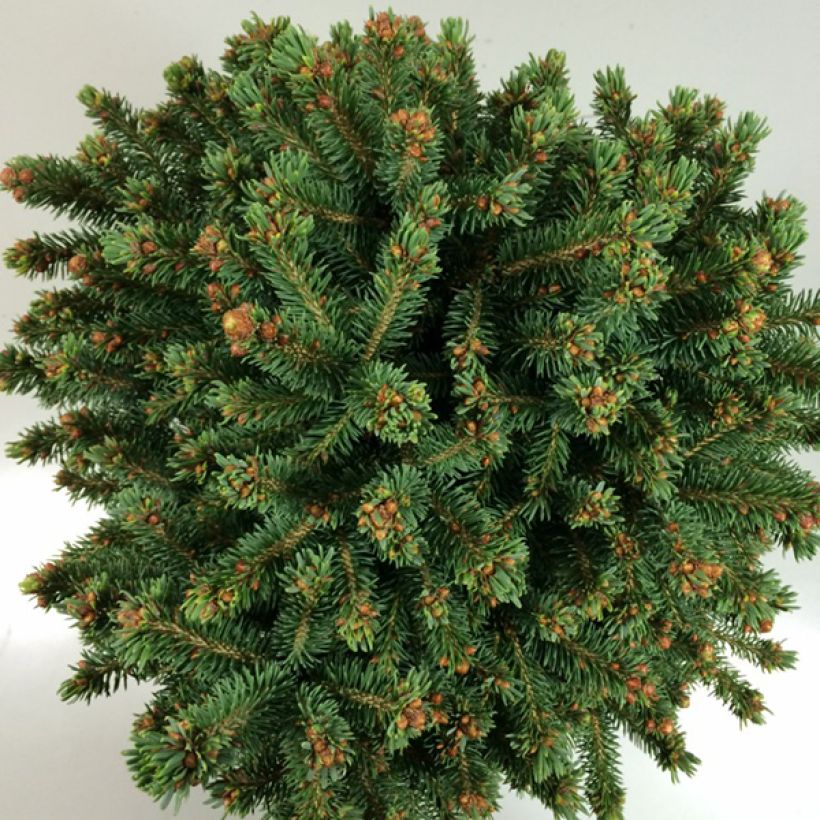

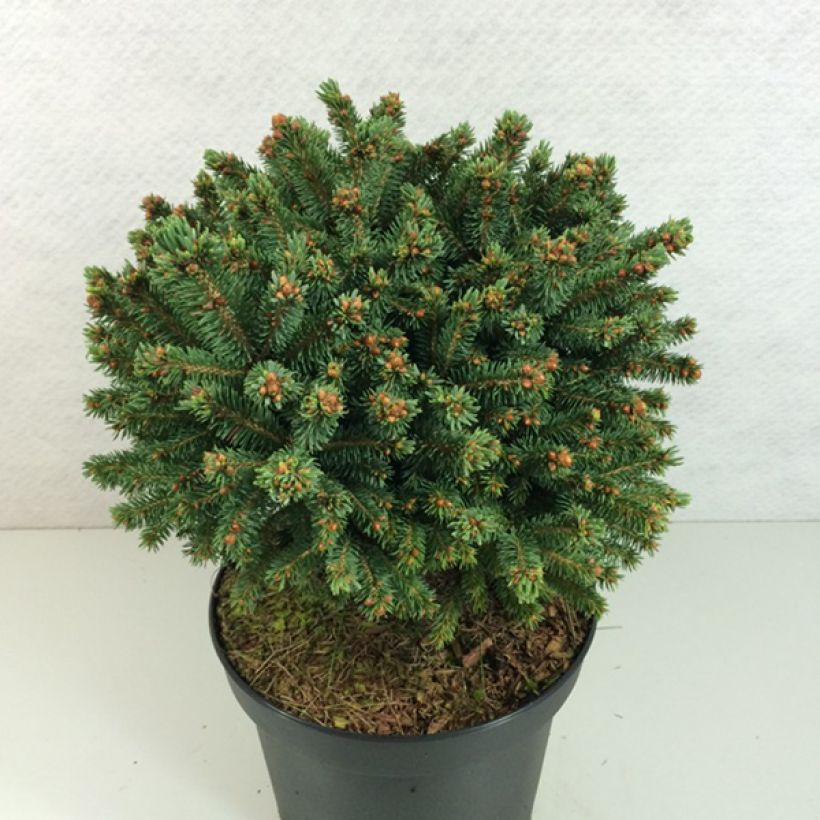

Plant habit
Flowering
Foliage
Botanical data
Picea
rubens
Grandfather Mountain
Pinaceae
Red Spruce
North America
Other Picea
Planting and care
Plant from September to November and from February to June in rather fertile, well-drained, light soil that retains moisture in summer. A sandy, loamy, humus-rich soil will be perfect. Choose a sunny spot (or, at most, partially shaded in hot climates), sheltered from prevailing winds. In excessively dry and hot conditions, it will be disappointing. Soak the root balls well before planting. Add organic matter at the time of planting and water generously in the first years, and in case of prolonged drought. Apply a special conifer fertiliser every year in April and weed the soil in summer. This extremely hardy conifer, however, fears heavy soils, saturated with water in winter. Pruning is not necessary, as this plant reveals its full potential when allowed to grow freely.
Planting period
Intended location
Care
-
, onOrder confirmed
Reply from on Promesse de fleurs
Evergreen shrubs
Haven't found what you were looking for?
Hardiness is the lowest winter temperature a plant can endure without suffering serious damage or even dying. However, hardiness is affected by location (a sheltered area, such as a patio), protection (winter cover) and soil type (hardiness is improved by well-drained soil).

Photo Sharing Terms & Conditions
In order to encourage gardeners to interact and share their experiences, Promesse de fleurs offers various media enabling content to be uploaded onto its Site - in particular via the ‘Photo sharing’ module.
The User agrees to refrain from:
- Posting any content that is illegal, prejudicial, insulting, racist, inciteful to hatred, revisionist, contrary to public decency, that infringes on privacy or on the privacy rights of third parties, in particular the publicity rights of persons and goods, intellectual property rights, or the right to privacy.
- Submitting content on behalf of a third party;
- Impersonate the identity of a third party and/or publish any personal information about a third party;
In general, the User undertakes to refrain from any unethical behaviour.
All Content (in particular text, comments, files, images, photos, videos, creative works, etc.), which may be subject to property or intellectual property rights, image or other private rights, shall remain the property of the User, subject to the limited rights granted by the terms of the licence granted by Promesse de fleurs as stated below. Users are at liberty to publish or not to publish such Content on the Site, notably via the ‘Photo Sharing’ facility, and accept that this Content shall be made public and freely accessible, notably on the Internet.
Users further acknowledge, undertake to have ,and guarantee that they hold all necessary rights and permissions to publish such material on the Site, in particular with regard to the legislation in force pertaining to any privacy, property, intellectual property, image, or contractual rights, or rights of any other nature. By publishing such Content on the Site, Users acknowledge accepting full liability as publishers of the Content within the meaning of the law, and grant Promesse de fleurs, free of charge, an inclusive, worldwide licence for the said Content for the entire duration of its publication, including all reproduction, representation, up/downloading, displaying, performing, transmission, and storage rights.
Users also grant permission for their name to be linked to the Content and accept that this link may not always be made available.
By engaging in posting material, Users consent to their Content becoming automatically accessible on the Internet, in particular on other sites and/or blogs and/or web pages of the Promesse de fleurs site, including in particular social pages and the Promesse de fleurs catalogue.
Users may secure the removal of entrusted content free of charge by issuing a simple request via our contact form.
The flowering period indicated on our website applies to countries and regions located in USDA zone 8 (France, the United Kingdom, Ireland, the Netherlands, etc.)
It will vary according to where you live:
- In zones 9 to 10 (Italy, Spain, Greece, etc.), flowering will occur about 2 to 4 weeks earlier.
- In zones 6 to 7 (Germany, Poland, Slovenia, and lower mountainous regions), flowering will be delayed by 2 to 3 weeks.
- In zone 5 (Central Europe, Scandinavia), blooming will be delayed by 3 to 5 weeks.
In temperate climates, pruning of spring-flowering shrubs (forsythia, spireas, etc.) should be done just after flowering.
Pruning of summer-flowering shrubs (Indian Lilac, Perovskia, etc.) can be done in winter or spring.
In cold regions as well as with frost-sensitive plants, avoid pruning too early when severe frosts may still occur.
The planting period indicated on our website applies to countries and regions located in USDA zone 8 (France, United Kingdom, Ireland, Netherlands).
It will vary according to where you live:
- In Mediterranean zones (Marseille, Madrid, Milan, etc.), autumn and winter are the best planting periods.
- In continental zones (Strasbourg, Munich, Vienna, etc.), delay planting by 2 to 3 weeks in spring and bring it forward by 2 to 4 weeks in autumn.
- In mountainous regions (the Alps, Pyrenees, Carpathians, etc.), it is best to plant in late spring (May-June) or late summer (August-September).
The harvesting period indicated on our website applies to countries and regions in USDA zone 8 (France, England, Ireland, the Netherlands).
In colder areas (Scandinavia, Poland, Austria...) fruit and vegetable harvests are likely to be delayed by 3-4 weeks.
In warmer areas (Italy, Spain, Greece, etc.), harvesting will probably take place earlier, depending on weather conditions.
The sowing periods indicated on our website apply to countries and regions within USDA Zone 8 (France, UK, Ireland, Netherlands).
In colder areas (Scandinavia, Poland, Austria...), delay any outdoor sowing by 3-4 weeks, or sow under glass.
In warmer climes (Italy, Spain, Greece, etc.), bring outdoor sowing forward by a few weeks.

